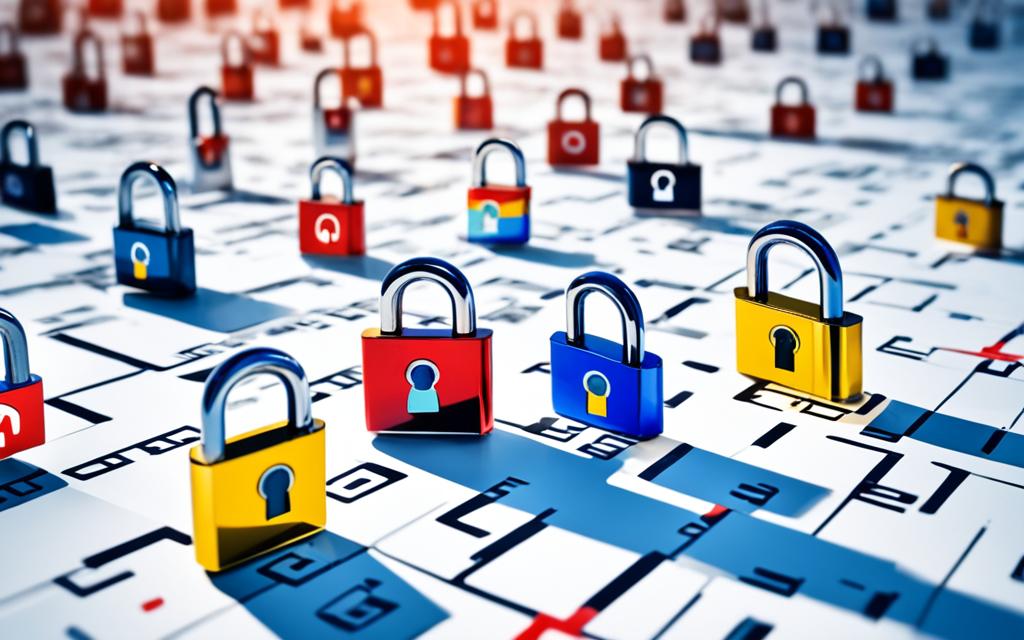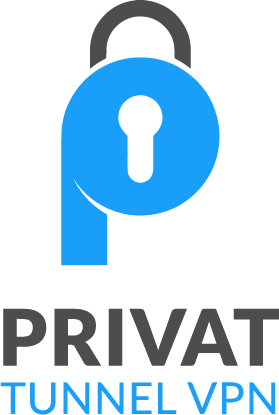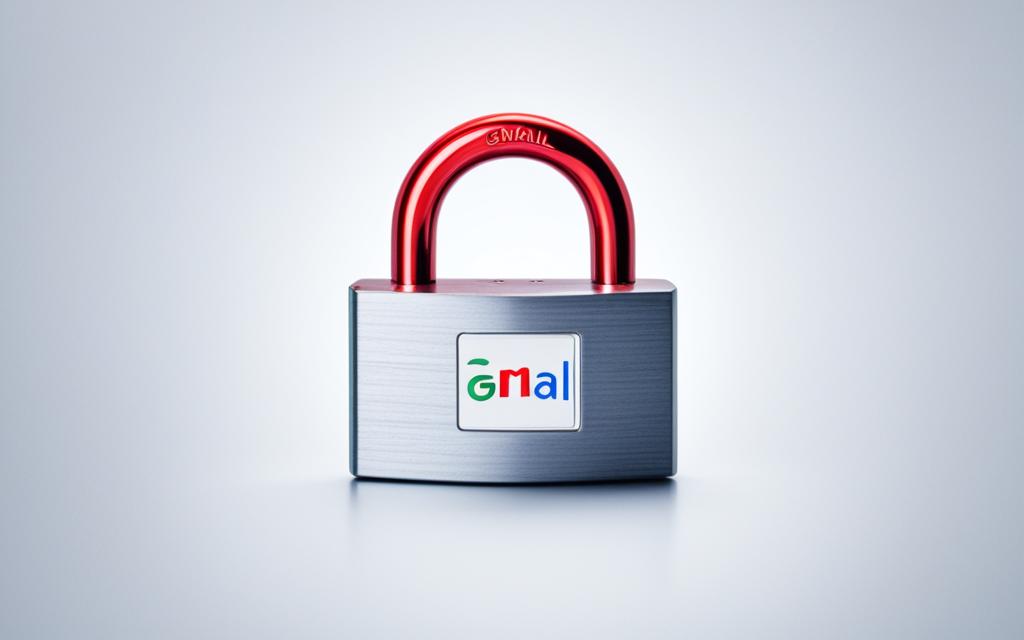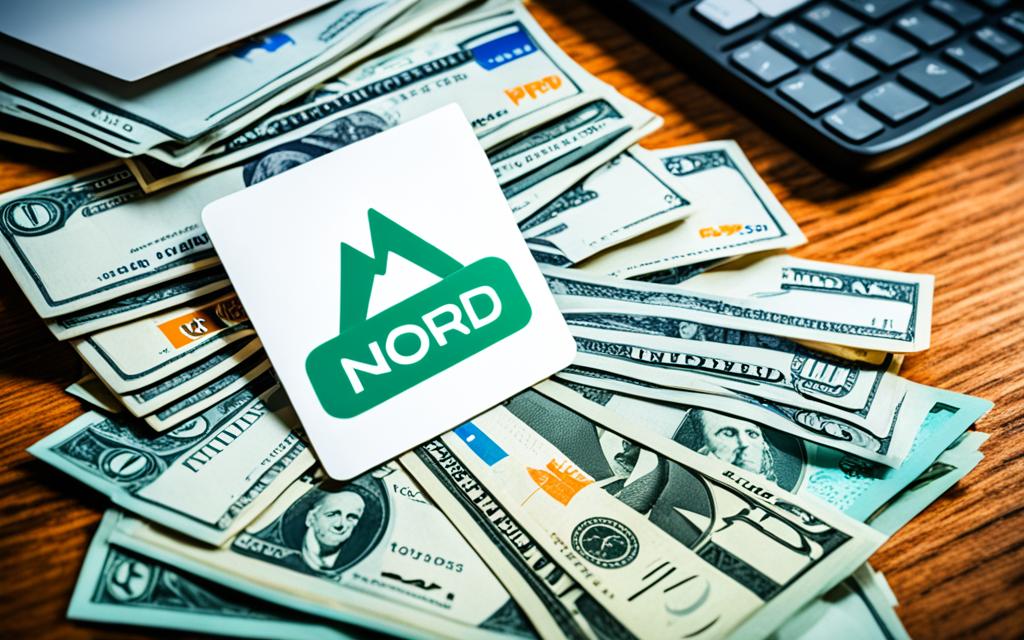How to Send Encrypted Email in Gmail – Secure Email Guide
Our Gmail inboxes have lots of private info, like personal photos and important emails. It’s vital to keep this info safe from hackers. Email encryption is the best way to protect these personal exchanges. It turns our emails into secret codes that only our intended receiver can understand.
This guide will show how to use Gmail’s different email encryption methods. You’ll learn about the strong S/MIME encryption and Gmail’s confidential mode. We’ll also suggest third-party tools for encrypting emails in Gmail.
Understanding Email Encryption
Email encryption is key for keeping our messages safe. It turns the words in an email into a secret code. This way, only the person who should see the message can read it. It stops others from spying on our emails or stealing our info.
What is Email Encryption?
Email encryption turns an email into a secret that only the receiver can unlock. It uses special math, called cryptography, to change emails into unreadable codes. So, your message stays secret until it lands in the right inbox.
Types of Email Encryption
Different kinds of email encryption have special uses. They keep our messages secret in different ways:
- At-rest encryption: It keeps emails private when they’re saved on a device or server.
- In-transit encryption: This kind keeps emails safe as they travel between servers. It stops others from listening in.
- End-to-end encryption: Messages get coded as soon as you hit send. They stay secret until the other person opens them.
Importance of Email Encryption
Email encryption is vital for our online privacy. It hides stuff like our personal info or bank details. This makes sure no one can peek at them or try to trick us.
- It keeps bad actors from getting our sensitive info
- Stops spying and tricks while emails travel
- Makes sure our emails always tell the real story
- Follows the rules for keeping our data safe
As we do more online, email encryption is more important than ever. It makes sure our private talks stay just between us. So, it’s a big deal for both our personal and work emails.
How Gmail Protects Your Emails
Gmail uses two key encryption methods, TLS and S/MIME. These keep your emails private and secure. They stop outsiders from looking at your messages.
Transport Layer Security (TLS)
TLS encrypts your emails as they travel from server to server. This keeps your messages private while moving between devices. There’s a catch, though. Once your email reaches its destination, it might not stay as safe.
S/MIME Encryption
Gmail adds another layer of security with S/MIME encryption. This method lets you lock messages with your own special key. Only the person you’re sending to can unlock and read what you’ve sent. Yet, using S/MIME means both you and who you’re messaging must have it set up in Gmail.
Enabling S/MIME Encryption in Gmail
To use Gmail’s strong S/MIME encryption, meet some key needs and steps. You must have a Google Workspace account. It needs to be either Enterprise or Education Fundamentals. This is because the feature isn’t for regular free Gmail accounts.
Prerequisites for S/MIME Encryption
For S/MIME to work, the sender and receiver need S/MIME certificates. These certificates are from a trusted root. They have the keys for email encryption and decryption with S/MIME. Without these, S/MIME encryption can’t happen smoothly.
Step-by-Step Guide to Enable S/MIME
After you check you have what you need, turning on S/MIME in Gmail is easy. Start by signing in to the Google Admin console. Next, go to Gmail settings.
There, find the option for “Enable S/MIME encryption for sending and receiving emails.” Turn this setting on. Gmail will then encrypt emails when sending if the receiver’s public key can be found. It will also decrypt S/MIME emails when they arrive using your private key.
Using Gmail Confidential Mode
Gmail’s S/MIME encryption offers strong email security, but not all users can use it. Gmail Confidential Mode is a good choice for them.
Limitations of Confidential Mode
Gmail Confidential Mode doesn’t fully encrypt emails. It adds security like no forwarding, copying, or printing. You can also set an email to expire.
But, the content isn’t fully encrypted, and people can still take screenshots. Even after it expires, the email is in your “Sent” folder.
How to Send Confidential Emails in Gmail
To send an email using Confidential Mode, turn it on while writing. You can choose an expiration date and set a passcode. This helps keep sensitive emails more secure.
Remember, though, this feature has its limits. For more protection, look into other encryption tools for your gmail confidential mode emails.
Third-Party Tools for Encrypting Emails in Gmail
Gmail has some encryption to keep your emails safe. Still, some third-party tools do even more for Gmail users. Here are some top choices:
Virtru
Virtru is a famous tool that works well with Gmail. It lets you easily protect your emails and files. It uses end-to-end encryption, which means only you and the recipient can read the messages. It offers features like undoing sent messages, controlling who sees your emails, and setting expiration times for added security.
Mailvelope
Mailvelope is a handy tool that adds encryption right to your Gmail. It lets you lock and unlock emails and add digital signatures. This is all done inside Gmail. It’s not just for Gmail, working with other email services, too.
Trustifi
Trustifi works with Gmail in the cloud. It offers encryption and helps prevent losing data. It also has tools to follow strict email regulations. It’s easy to use, making Gmail emails more secure effortlessly.

how to send encrypted email in gmail
Protecting your private info in Gmail is key. You can choose from many options. The right choice balances easy use with strong encryption. This way, your emails stay safe.
Enabling S/MIME Encryption
For top email encryption in Gmail, turn on S/MIME. With S/MIME (Secure/Multipurpose Internet Mail Extensions), both sender and receiver need certificates. You get these from trusted sources. With S/MIME on, Gmail will encrypt what you send and decrypt what you get. This keeps your messages safe all the way through.
Using Confidential Mode
If S/MIME isn’t available, try Gmail’s Confidential Mode. It doesn’t encrypt messages, but it adds security. It lets you stop the receiver from doing certain things with the email. Also, you can make the message expire after a set time.
Third-Party Encryption Tools
Looking for even stronger email encryption? Try third-party tools that work with Gmail. Options like Virtru, Mailvelope, and Trustifi bring extra security. They offer features such as end-to-end encryption and stopping data loss. These tools give you more protection than just using Gmail by itself.
Checking if a Gmail Message is Encrypted
It’s important to know if your Gmail messages are safe. Gmail shows you if your emails are encrypted securely. It gives you a visual clue to check the encryption level.
Understanding Encryption Icons
Look for a lock icon when you read or write an email on Gmail. The color of this icon tells you the email’s encryption level:
- Green Lock: Shows the use of strong S/MIME encryption for full message protection.
- Gray Lock: Shows TLS encryption, securing the email while in transit but not fully end-to-end.
- No Lock: No icon means the email is not encrypted, possibly making it easy to read by others.
Step-by-Step Guide to Check Encryption
Checking if your Gmail email is encrypted is simple. Here’s how you do it:
- Open the email you want to check.
- Find the lock icon at the top right of the email window.
- Check the color of the icon to see what level of encryption is used.
Knowing what the encryption icons mean helps you keep your emails safe. You can protect important info by using strong encryption options or other tools.
Best Practices for Secure Email Communication
Using Gmail’s encryption tools and other apps is great for email safety. But, we must also stick to some top rules. These are using strong passwords, turning on two-factor authentication, and keeping email software up to date.
Strong Passwords
It’s key to make unique and strong passwords for our email. Don’t use simple things like birth dates, pet’s names, or common words. Go for a mix of capital and small letters, numbers, and special signs. Make sure they’re at least 12 characters long. A password manager can be very useful for this.
Two-Factor Authentication
Two-factor authentication (2FA) makes logging into Gmail safer. With 2FA, you need to enter a special code from your phone or an app, besides your password. This means even if someone knows your password, they can’t get in without the code.
Regularly Update Software
It’s vital to keep all your email software and extra security tools updated. Updates frequently include fixes for new security issues. This keeps your emails safe from the latest threats. Make sure updates are automatic or check and update regularly yourself.
Troubleshooting Encrypted Email Issues
Gmail’s tools can keep emails safe, but sometimes they don’t work as expected. We’ll look into how to fix some of these problems. Here are the common issues and their solutions:
Email Expiration
Emails sent using Gmail’s Confidential Mode can expire. This means the receiver can’t see the email after a certain time. You might face this if an email had an expiration date set.
If the person is in a place where Gmail can’t send the required SMS passcode, they can’t read the email. To work around this, try making the email last longer or send it without the secure mode.
Unsupported Regions for SMS Passcodes
Some areas can’t use Gmail’s passcodes. If your email’s recipient is in one of these places, they won’t be able to open the email. In this situation, try other safer ways to send private emails.
Switching Accounts
If you’re fixing encrypted email issues in Gmail, make sure you’re in the right account. Also, ensure the encryption features are on. This is crucial if you have many Gmail accounts.
Conclusion
Keeping our emails private is crucial when sharing sensitive info. Gmail has strong tools like S/MIME and Confidential Mode to keep our messages safe. For extra security, third-party apps like Virtru and Trustifi work with Gmail well.
Learning about encryption and using the right settings helps keep emails private. But, we shouldn’t rely on encryption alone. Mixing it with strong passwords and keeping our software updated is important. This helps keep our inbox safe from cyberattacks.
Email is key for our personal and work messages. We must make security a top priority. Encrypting our Gmail messages ensures our private data stays protected. This is vital in today’s ever-changing digital world.




